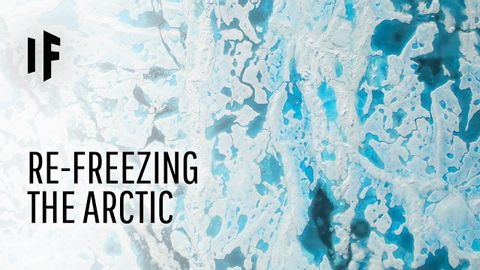もしも北極を再凍結させることができたら? (What If We Could Refreeze the Arctic?)
林宜悉 が 2021 年 01 月 14 日 に投稿  この条件に一致する単語はありません
この条件に一致する単語はありません- n. (c./u.)グロス(単位 : 1グロスは12ダース);合計;総重量
- v.t.総収益をあげる
- adj.気持ち悪い;総計の;下品な
US /fɔrs, fors/
・
UK /fɔ:s/
- n.軍隊;力;強制;武力;影響力;勢い;警察
- v.t.強要する;こじ開ける;促成栽培する
US /ˌɑrtəˈfɪʃəl/
・
UK /ˌɑ:tɪ'fɪʃl/
- adj.不自然な : 偽りの : わざとらしい;人工の
US /əˈmaʊnt/
・
UK /ə'maʊnt/
- n. (c./u.)量 : (金)額
- v.i.総計(いくらかに)達する
エネルギーを使用
すべての単語を解除
発音・解説・フィルター機能を解除

